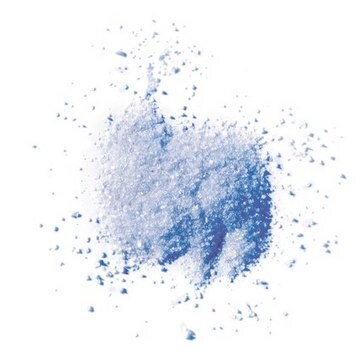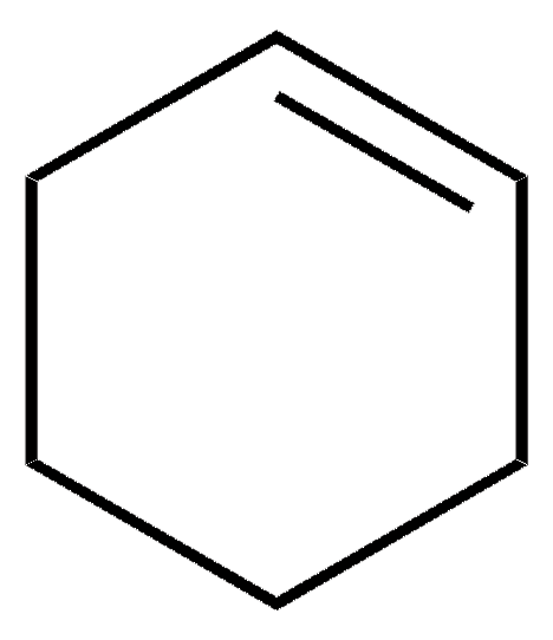1.06672
Sodium tungstate dihydrate
EMPLURA®
Synonim(y):
Sodium tungstate dihydrate
About This Item
Polecane produkty
Poziom jakości
linia produktu
EMPLURA®
Próba
≥98% (thermogravimetric)
Formularz
crystals
siła działania
1190 mg/kg LD50, oral (Rat)
pH
8-9 (20 °C, 50 g/L in H2O)
mp
100 °C (Elimination of water of crystallisation)
rozpuszczalność
730 g/L
gęstość
3.23 g/cm3 at 20 °C
gęstość nasypowa
1600 kg/m3
ślady anionów
chloride (Cl-): ≤0.01%
sulfate (SO42-): ≤0.02%
ślady kationów
Fe: ≤0.002%
N: ≤0.005%
excess alkali (as NaOH): ≤0.1%
temp. przechowywania
15-25°C
InChI
1S/2Na.2H2O.4O.W/h;;2*1H2;;;;;/q2*+1;;;;;2*-1;
Klucz InChI
WPZFLQRLSGVIAA-UHFFFAOYSA-N
Zastosowanie
- Synthesis and characterization of Anderson-Evans type polyoxometalates, antibacterial properties.: This research focuses on the synthesis and characterization of Anderson-Evans type polyoxometalates, evaluating their antibacterial properties. Sodium tungstate dihydrate is used in the synthesis process to form these polyoxometalates. (Avci Özbek, 2023).
- Nitric oxide modulates folate-mediated one-carbon metabolism and mitochondrial energy levels of peaches during cold storage.: This study explores the role of nitric oxide in modulating folate-mediated one-carbon metabolism and mitochondrial energy levels in peaches during cold storage. Sodium tungstate dihydrate is used as an analytical reagent in the experiments. (Yang et al., 2023).
- Facile Bottom-up Preparation of WS(2)-Based Water-Soluble Quantum Dots as Luminescent Probes for Hydrogen Peroxide and Glucose.: Details a novel method for preparing WS(2)-based water-soluble quantum dots used as luminescent probes for detecting hydrogen peroxide and glucose. Sodium tungstate dihydrate is used in the preparation of these quantum dots. (Hang et al., 2019).
Komentarz do analizy
Identity (x-ray diffraction): passes test
Free alkali (as NaOH): ≤ 0.1 %
Chloride (Cl): ≤ 0.01 %
Sulfate (SO₄): ≤ 0.02 %
Total nitrogen (N): ≤ 0.005 %
Fe (Iron): ≤ 0.002 %
Informacje prawne
Hasło ostrzegawcze
Warning
Zwroty wskazujące rodzaj zagrożenia
Zwroty wskazujące środki ostrożności
Klasyfikacja zagrożeń
Acute Tox. 4 Oral
Kod klasy składowania
13 - Non Combustible Solids
Klasa zagrożenia wodnego (WGK)
WGK 2
Temperatura zapłonu (°F)
Not applicable
Temperatura zapłonu (°C)
Not applicable
Certyfikaty analizy (CoA)
Poszukaj Certyfikaty analizy (CoA), wpisując numer partii/serii produktów. Numery serii i partii można znaleźć na etykiecie produktu po słowach „seria” lub „partia”.
Masz już ten produkt?
Dokumenty związane z niedawno zakupionymi produktami zostały zamieszczone w Bibliotece dokumentów.
Klienci oglądali również te produkty
Nasz zespół naukowców ma doświadczenie we wszystkich obszarach badań, w tym w naukach przyrodniczych, materiałoznawstwie, syntezie chemicznej, chromatografii, analityce i wielu innych dziedzinach.
Skontaktuj się z zespołem ds. pomocy technicznej






